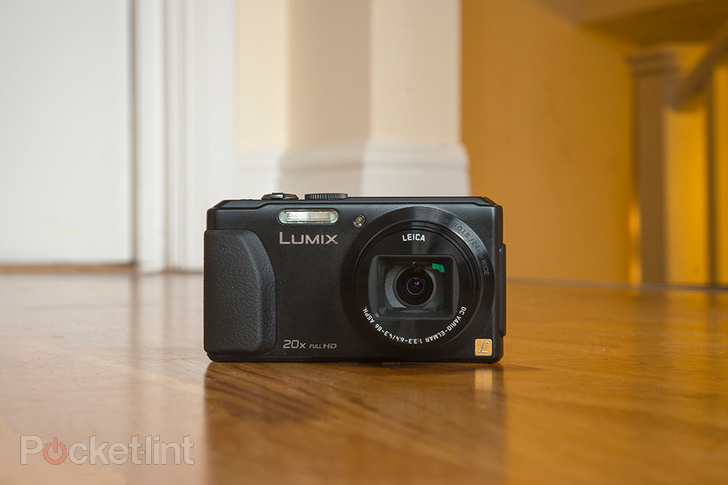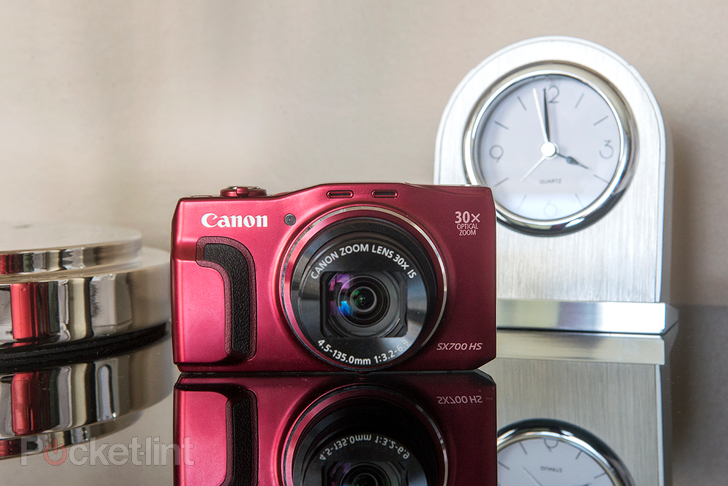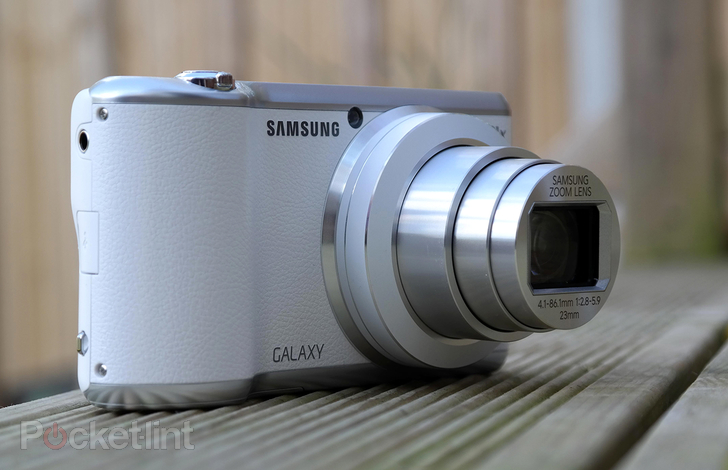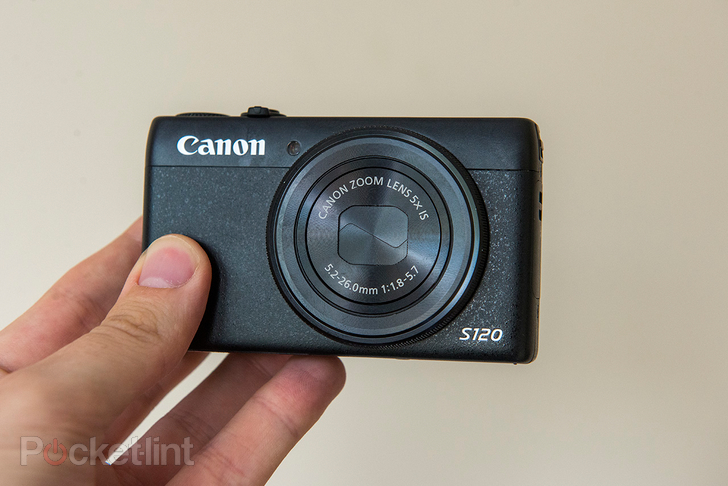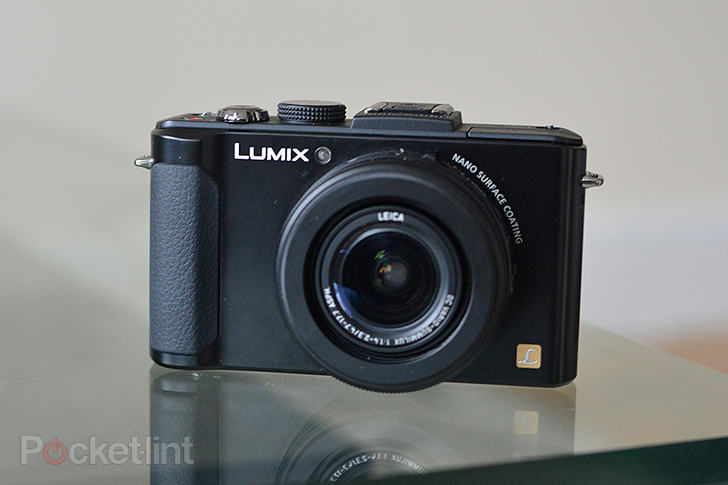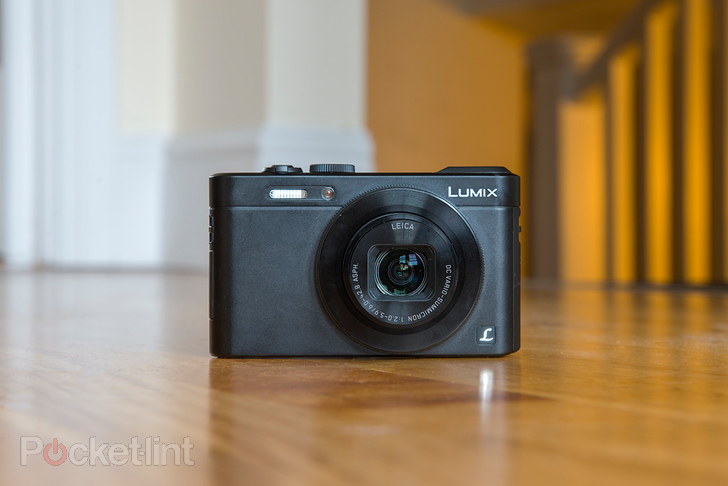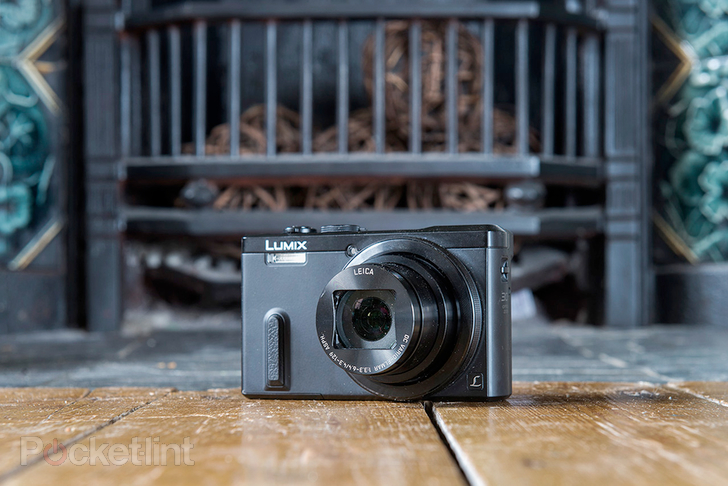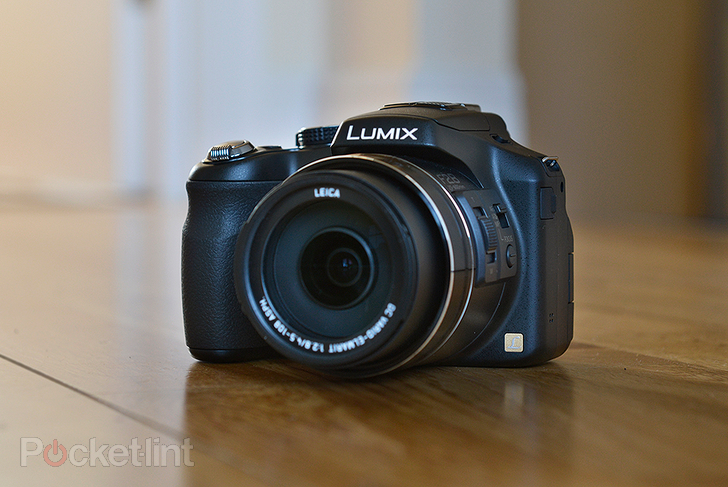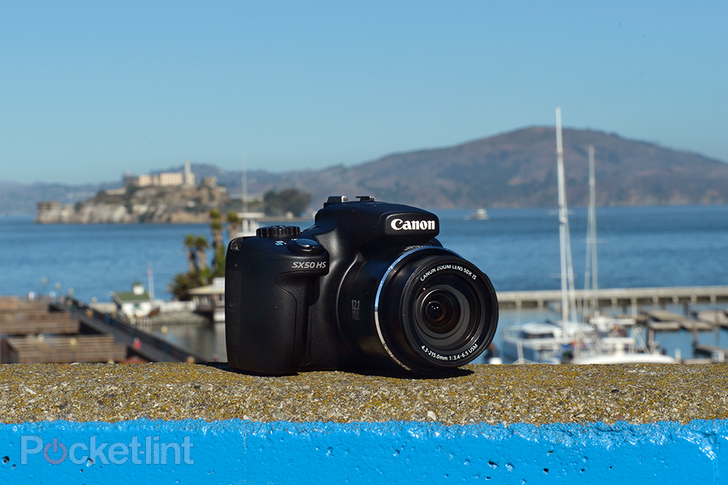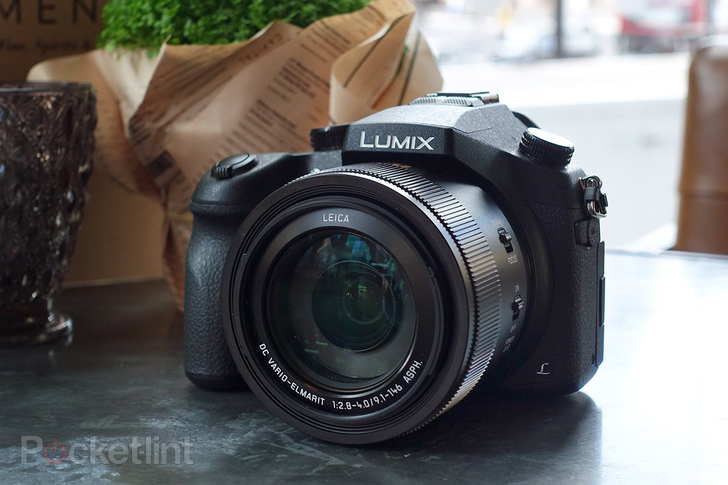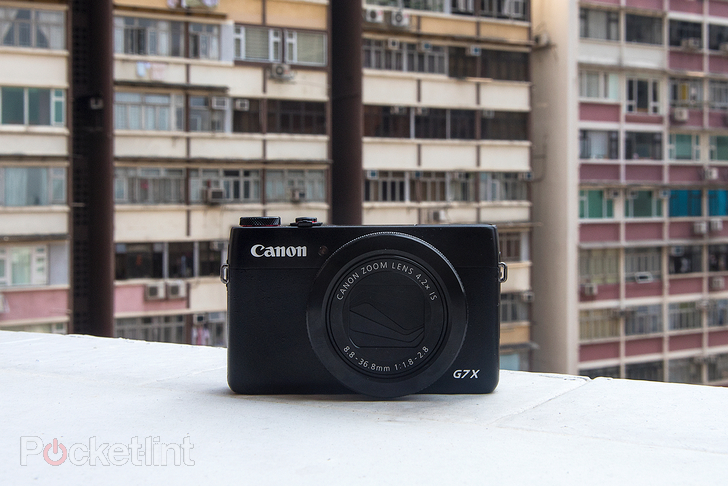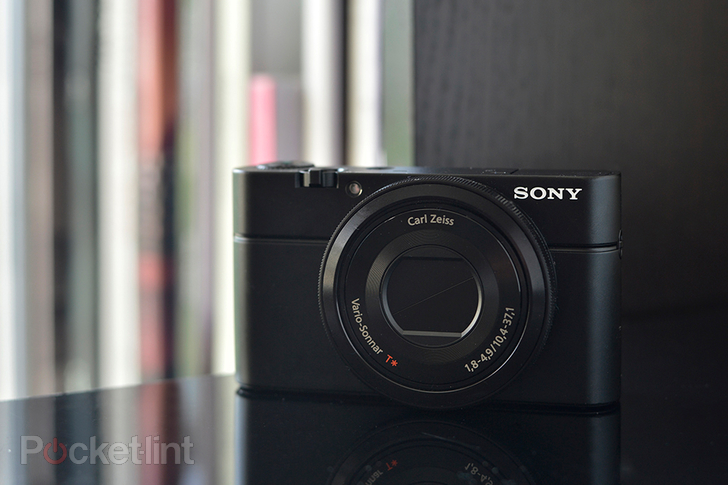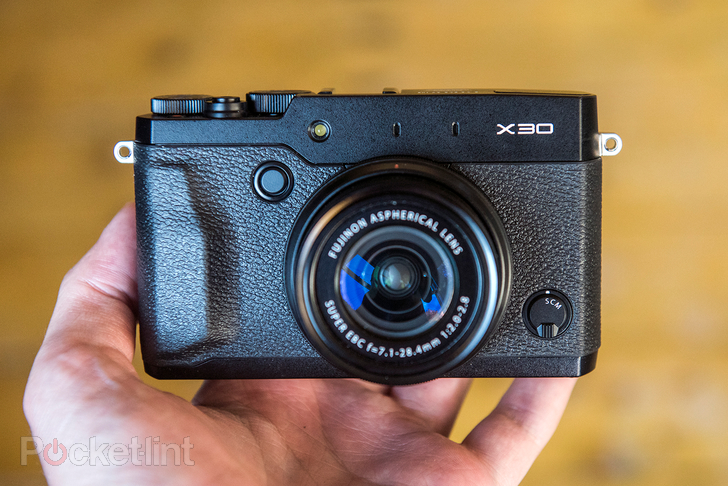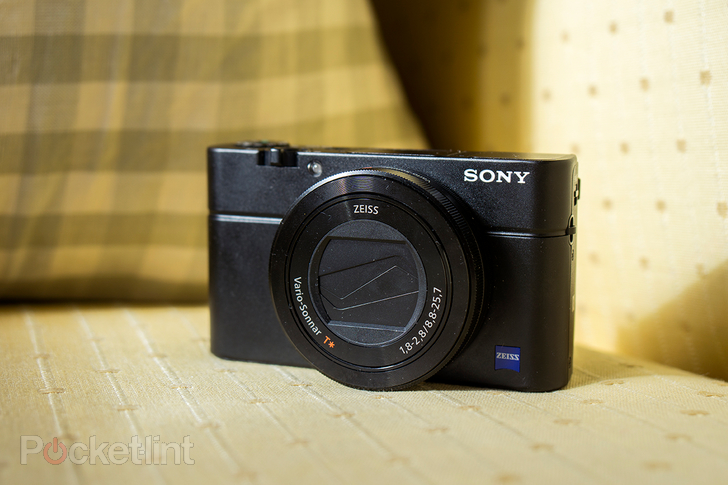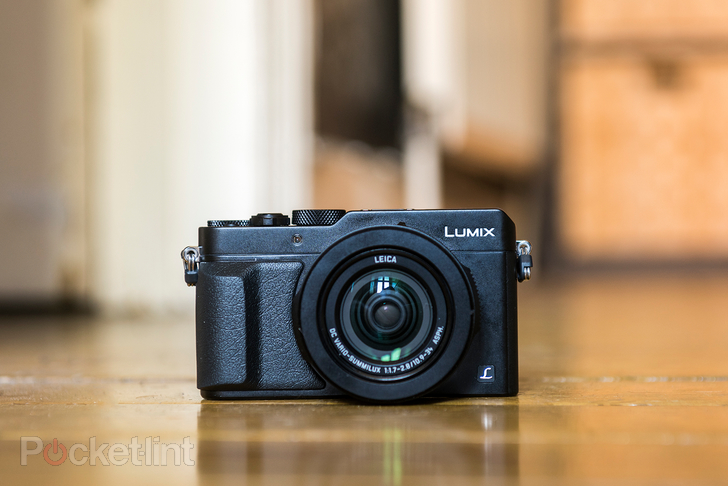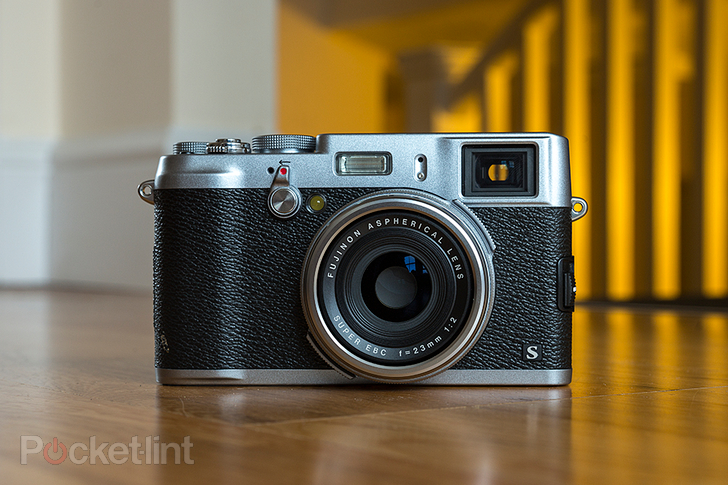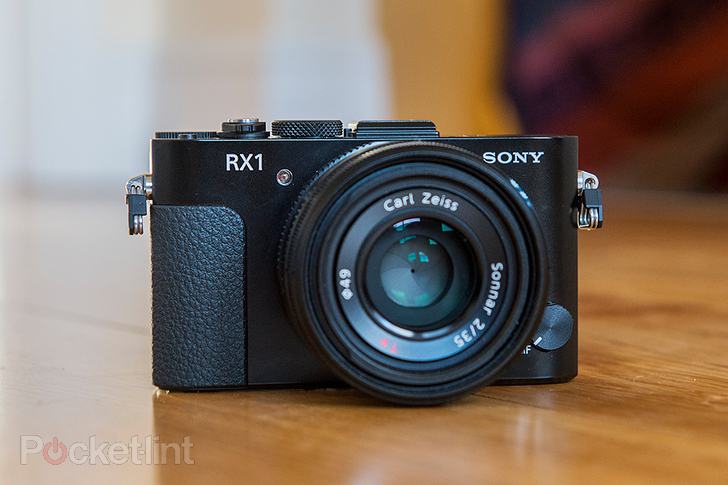The best pocket cameras available to buy
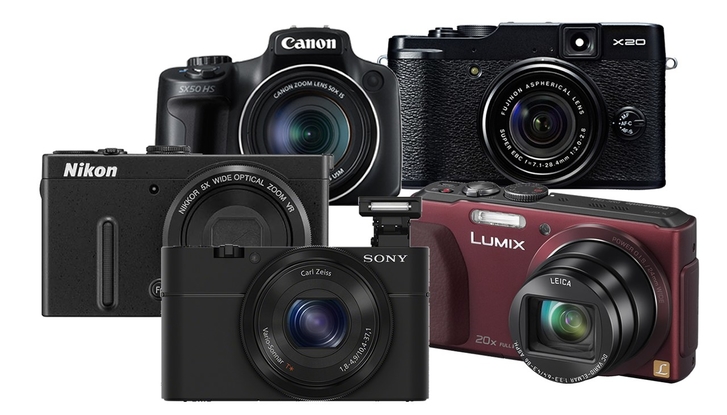

If you’re looking for the best compact cameras of 2014 then you’ve come to the right place. We will guide you through the hottest cameras to save you time when it comes to buying one from your local shop or online.
Compact cameras are plentiful. With new releases and updates flooding the market every few months it’s as much an assurance to know that the most up-to-date tech is out there as it is a hindrance to decide which one to pick.
Run this question through your head: “Which compact camera is best for me?” There are lots of ways to think through it – what do you want to use the camera for? Perhaps you want a versatile, all-rounder for a holiday or travel jaunt, a camera with a bonkers-long zoom for some extra curricular activities or spotting those lions and elephants on safari, a compact with a viewfinder built in, or that pro-spec DSLR alternative. There’s something out there for everyone.
Here at Pocket-lint we’ve been cutting through the abundance of compact camera releases in 2014, including the creme de la creme of last year’s models which remain strong. We’ve broken our list of great cameras down into sub-headed categories to make things easier to digest. You name it, we’ve got you covered.
We’ll be regularly updating this feature with the latest and greatest compact cameras that we review in full – and only those we’ve seen and judged – so you can see where your money is best spent.
Best do-it-all compact cameras
Panasonic Lumix TZ40
Smartphones are overtaking the bottom-end of the compact world, so when it comes to buying a more serious dedicated compact camera there’s a lot to think about. A model such as the Panasonic Lumix TZ40 has a wide-ranging 20x zoom that can deal with 24mm wide-angle shots for those group photos, or extend right through its 480mm equivalent to snap those far-away subjects large in the frame.
Built-in image stabilisation moves the lens by microscopic amounts to counteract any wobbly handshake, while the super-fast autofocus and hands-on touchscreen control is about as good as we’ve seen from a compact camera.
All that delivered from a small-bodied and pocketable model that can be carried anywhere. There’s even built-in Wi-Fi and NFC for sharing pictures via a smartphone.
Despite being last year’s model – the Lumix TZ60, complete with built-in viewfinder, has now arrived, see the viewfinder section further down the page – the TZ40 remains one of our favourite do-it-all compact cameras.
PRICE: £215 (at time of writing)
Canon PowerShot SX700 HS
Having a 30x optical zoom is 2014’s flavour and if top image quality is a must then Canon seems to know best. The PowerShot SX700 HS might not be a budget buy, but it cleverly undercuts the main competition from Panasonic and Sony by enough to make us stand up and pay attention.
If you must have a massive zoom in a pocketable format then there’s a lot going for the SX700 HS. However the maximum zoom does have its limitations and Canon has negated to boost its general feature set compared to last year’s SX280 HS model – so that might be worth tracking down for a bargain buy.
What the Canon achieves is quality images. The SX-line has always been top of its class in this regard and the SX700 HS is no different, hence making it one of the top travel zooms available today.
PRICE: £279 (at time of writing)
Best connected compact camera
Samsung Galaxy Camera 2
Connectivity is all the rage at the moment, as who wouldn’t want a quick, easy and wireless way of sharing their pictures? But no camera company has been able to deliver that concept better than Samsung.
The Samsung Galaxy Camera 2 may have its share of issues just as the original model did – image quality lacks biting sharpness, and the product is rather big – but it’s a breeze to use thanks to its Android operating system.
The Galaxy Camera 2 is, in essence, a high-end Samsung Galaxy smartphone with a whacking great 21x optical zoom lens popped on the front of it. It’s better and just so much easier to work with than any of its connected competitors, but we can’t help think a smaller device with a higher-spec lens would elevate this product to a whole new level. It’s getting there.
PRICE: £399
Pocket power
When it comes to something small and pocketable, but where image quality needs to be a step above the conventional compact there are various series on offer.
These tend to have shorter zoom lenses in order to retain best sharpness and clarity throughout the range while offering more advanced optical features such as wider maximum apertures for low-light shooting or creating that pro-looking, soft-focus background effect.
Alternatives to the pair below include the Fujifilm XQ1, which we found to have occasionally questionable autofocus, the Nikon P340, and viewfinder-donning Panasonic Lumix LF1.
Canon PowerShot S120
The S120 model is the epitome of a pocketable yet powerful compact, so if small is your goal then there are few other competitors worth considering in our view. It’s not as complex as some pricier, more advanced models with larger sensors, but that’s just fine.
The 1/1.7-inch sensor produces great-looking images straight from the camera and a maximum f/1.8 aperture at the widest angle setting – a third of a stop brighter than its S110 predecessor – makes for greater shooting control.
There are plenty of other techie features too: Wi-Fi, a touchscreen control, a physical lens ring control that we’re particularly fond of and super-fast autofocus. It’s a cracking compact camera only let down by some issues, if we’re being extra critical: overexposure, limited battery life, the high price and a Wi-Fi setup that could be improved are the main shortfalls. But that doesn’t hold it back from being a winner.
PRICE: £365 (at time of writing)
Panasonic Lumix LX7
Panasonic knows a high-end compact and we have a real soft spot for the LX7, despite it being the oldest compact in our list. It’s got its own style, which includes a physical lens ring and other on-body controls that make it feel truly high end. Compared to its near competitors the build quality is a step above.
Autofocus is swift, raw and JPEG images are detailed from the 1/1.7-inch sensor and there’s even a hotshoe that can be used to add an optional electronic viewfinder should you wish.
For our money this is the choice camera in this department – it’s ideal as a DSLR supplement when you don’t want to roll the big guns out, because the LX7 can happily live in your pocket or bag at all times. None too bad for its now affordable asking price either.
Even if the LX7 doesn’t produce class-leading image quality at the mid-high ISO settings, there’s just something magic about the design, layout and the way the camera feels in use. We love the physical aperture ring and the super-bright f/1.4-2.3 maximum aperture setting sets it apart from much of the competition. One not to be underestimated – this is all-round quality so long as you don’t want to use high ISO settings all the time.
PRICE: £289 (at time of writing)
Best affordable built-in viewfinder
A growing sector. With high-end models such as the Olympus Stylus 1 adding an electronic viewfinder just as quality as an interchangeable lens system it’s a category that’s pushing forward, although many of the more affordable options have their limitations – it’s a case of weighing up expectation to price point. More premium options are also available, such as the Sony RX100 III – check further down the page for the lowdown on that one and more.
Panasonic Lumix LF1
The LF1 is a camera with its heart in the right place, even if the viewfinder arguably isn’t. But what’s important here is that it actually has a finder built-in to aid shooting in brighter conditions. And for the asking price that will make this a camera worth buying for that reason alone.
The viewfinder isn’t the largest nor best quality out there, but we’re looking at a sub-£300 compact here. And for a compact that produces decent image quality, has a physical lens control ring, can capture raw files and is truly pocketable that’s a fair price.
Given its small scale, the 28-200mm f/2.0-5.9 equivalent lens provides a wide-ranging zoom. The Lumix LF1 is lots of good ideas combined for an affordable price.
PRICE: £285 (at the time of writing)
Panasonic Lumix TZ60
If you want more zoom than the LF1 (above) has to offer, then the Lumix TZ60 is a viable alternative. Although we find it a leftfield update of the TZ40 model, it’s one of those new-wave cameras that crams a small electronic viewfinder into its build.
There’s decent autofocus, good image quality, excellent image stabilisation and a whole roster of other top features that show the TZ60’s aspirations to be a one-stop shop for all things. There’s no touchscreen this time around, but if you’re lifting the camera to your face then that would just become an irritation, not to mention an additional cost.
Given the TZ60’s current affordable price point we can see the attraction for viewfinder seekers on a budget. If you’re after a big zoom with big features then the Lumix TZ60’s 30x zoom (24-720mm f/3.3-6.4 equivalent) scores big Brownie points.
PRICE: £349 (at the time of writing)
Best superzooms
When normal compacts just aren’t enough and you want to zoom in on those far-away subjects to make them appear large in the frame, a superzoom – sometimes called bridge camera – is just the ticket. Safari, bird spotting and so forth are well matched to a superzoom camera.
These models may not necessarily replace a DSLR camera in terms of ability and final image quality, but by employing small sensor sizes their respective lenses are also relatively compact and far more affordable compared to a pro-spec camera. Modern superzooms combine significant zoom lenses in reasonable body sizes with an abundance of tech that makes them very attractive prospects.
Panasonic Lumix FZ200
Typically as a zoom lens extends the amount of light it lets in dips, which potentially means image quality can suffer in low-light conditions. Not so with the Panasonic Lumix FZ200 – its wide-angle 24mm lens extends all the way through to a 600mm equivalent, all the while maintaining a maximum f/2.8 aperture. And that’s been managed without significant impact to the model’s relatively trim scale.
This f/2.8 aperture means more light can enter the camera which is ideal for faster exposures to capture action or to avoid using those less desirable higher ISO sensitivities.
The FZ may not be brand new, but it’s a well-proportioned superzoom that, unlike most of its competitors, focuses on advanced control and a bright constant aperture instead of four-figure zoom equivalents. Still, the 600mm maximum equivalent is more than significant, even if it’s less than some competitors out there.
Unless a yet longer zoom is an essential to your needs then this is still our top superzoom pick.
PRICE: £325 (at time of writing)
Canon PowerShot SX50 HS
The SX50 HS really does put the “super” in superzoom: its 24-1200mm equivalent lens is a whopper and, fortunately, is matched with top-notch image stabilisation to boot to ensure steady image preview even at the longest of focal lengths. It has just been replaced by the SX60 HS model, delivering a wider-angle and longer zoom still – we’ll bring more information about that when we review it in full.
We love the camera’s vari-angle LCD screen and how well it performs in bright conditions, while the fast autofocus is a step beyond its SX40 predecessor and the resulting image quality is impressive from such a camera.
But it’s how the SX50 HS performs as a whole that makes it such a cracker. There’s plenty of bang for the budget which is more affordable than a DSLR body, so we can see the appeal.
The SX50 is the full package deal and delivers on the zoom front – its top-end 1200mm equivalent focal length is double that of the Panasonic FZ200. But it’s not just big on zoom, it’s big on image quality too and we still don’t think there’s another superzoom on the market today that can deliver the same clarity as this Canon. The SX50 is pushing the limits of what’s possible from a compact camera and, for the most part, succeeding.
PRICE: £330 (at time of writing)
Panasonic Lumix FZ1000
Stepping things up a gear is the “premium superzoom” category, headed by the Panasonic Lumix FZ1000. It takes a 25-400mm f/2.8-4.0 lens and wraps it around a large 1-inch sensor for premium image quality. Many of the features are just as well as impressive as the top-spec Panasonic G-series interchangeable lens cameras, as is performance.
Although the Lumix FZ1000’s physical size and price tag will be a barrier for more casual users, those it will appeal to will find lots of value for money in its jumbo feature set. From 4K video, to silent operation, fast 12fps burst mode, through to the vari-angle LCD and built-in electronic viewfinder combination, decent autofocus and stacks of physical controls. There’s a lot on offer here.
Thing is, it’s a lot of money to fork out and calling it a “compact” camera is a stretch. But if you don’t want to be buying a system camera and want an all-in-one solution (which, admittedly, is a chunky beast) then this could be a viable solution. The longer lens and more accessible price point see it sit a step ahead of the Sony Cyber-shot RX10.
PRICE: £749
Best advanced or enthusiast compact cameras
Here’s where compacts step up a gear. Whether it’s all the bells and whistles in the form of hands-on controls, a built-in viewfinder or a large sensor for optimum quality, there are all kinds of advanced compacts to suit different tastes. But these bigger wedges of camera are not only larger, they tend to demand a more considerable asking price too.
Canon PowerShot G7 X
It’s taken Canon a while to create compact camera with a 1-inch sensor size, the focus being on high-quality images. Although it doesn’t opt for the smaller scale of the Sony RX100 line – first and third generation models are further down the page – and there’s no viewfinder, there’s still a lot to enjoy about Canon’s take.
It’s one of our favourite PowerShot cameras to date. That large sensor is matched with a tilt-angle screen which is both touch-sensitive and selfie-capable, alongside a 24-100mm f/1.8-2.8 equivalent lens.
But as much as we can split hairs over whether the Sony is better, what’s clear with the Canon G7 X is that it’s a positive push forward for the Canon series; one that takes good quality images and comes bundled into a pocketable, well-built body with customisable controls. Even if there is no viewfinder, the G7 X is one of the more notable G-series Canon cameras for a number of years.
PRICE: £579
Sony Cyber-shot RX100
Beneath the RX100’s rich black exterior is a 1-inch sensor – the same size sensor as you’d find in aNikon 1-series compact system camera, and much the same scale as the Canon G7 X (above). Considering the RX100’s relatively small size that’s a whopper of a sensor.
The high-resolution 20-megapixel sensor is balanced with decent optical performance from the 28-100mm f/1.8-4.9 equivalent lens – but that can’t compete with some of the faster lenses of more recent models, including Sony’s own third-generation RX100 III.
But this first-generation RX100 is here to stay as it’s a bit of a bargain compared to its introductory price a couple of years back. It remains as strong now as it was on launch day. It’s oh so good.
PRICE: £360 (at time of writing)
Fujifilm X30
There might be legs for putting the X30 in the viewfinder subhead category, as its built-in electronic finder is as good as they get. Trouble is, it’s a bit of a big beast so couldn’t be considered pocketable compared to some of the more affordable offerings.
The Fujifilm X30 replaces the X20, a slightly larger-scale follow-up that’s quite excellent but arrives at an obscure time. With the Panasonic Lumix LX100 now on the scene (see further down the page), there’s an argument that the retro-themed Fujifilm line has found its comeuppance.
But having used the camera for some time, we’ve found a lot to love about it. The twist-barrel lens and tilt-angle LCD screen made it easier and often preferable to use than the pricier Panasonic Lumix LX100 in our book. And it’s difficult to be critical of the low-mid ISO shots which show off plenty of detail thanks to the already proven 28-112mm f/2.0-2.8 equivalent lens. We’d like a slightly wider-angle optic next time though, and are surprised by its absence this time around.
Although the Fujifilm X30 has arguably lost its claim to the throne as the best-in-class high-end compact, there’s a lot to be said for the physical controls, useful features, eye-catching design and, importantly, accessible price point. Competition is rife but also more expensive, so the X30 still remains a viable compact camera – just don’t buy one hoping to shoot above ISO 1600.
PRICE: £479
Best luxury compact camera
Sony Cyber-shot RX100 III
The Sony RX100 III pretty much has it all. It’s small scale enough to be pocketable, yet has a premium build, a pop-out built-in electronic viewfinder and stacks of features – not to mention great image quality from its 1-inch sensor.
You might think we’re mad for including more than one Sony RX100 model (the original is higher up the page), but the third-generation is an entirely different beast to the original. In the case of the Mark III it’s all about the tilt-angle LCD screen, lens ring control and the newer, faster 24-70mm f/1.8-2.8 equivalent lens. It’s a tour de force.
The Mark III isn’t a subtle re-rub of the known formula, it’s a rethink for the better and one that further elevates Sony’s position in the premium camera market. If pocketable is priority then this is hands-down the best option out there. But it’s far from cheap.
PRICE: £699
Panasonic Lumix LX100
The Panasonic LX100 is like the company’s LX7 on steroids. It’s the first compact camera to feature a large Micro Four Thirds sensor – the same size you will find in top-of-the-line interchangeable lens models – for exceptional image quality. That’s a bigger sensor than the RX100 III (above), delivering equal or better quality overall.
There’s heaps on offer too, with physical retro dials giving that chunky metal body plenty of personality. There’s an autofocus system that will see off a whole range of compact camera competitors, a fast 24-75mm f/1.7-2.8 equivalent lens and brilliant electronic viewfinder. But no tilt-angle screen or touch-based sensitivity is a bit of a downer, as is an aperture priority slow shutter speed glitch.
The LX100 might be in for a hard ride if you’re after something pocketable though. It’s not “big big”, but doesn’t achieve a pocketable scale like the Sony RX100 III. Saying that this is Panasonic laying the foundations of a great product, and one that we think is successful enough to cut theCanon G1 X line out of the picture.
A few physical nips and tucks here and there, plus a couple of layout and features tweaks would see the LX100 be the perfect compact companion. But even as it stands, if the physical size doesn’t perturb you then it’s a camera with few peers. High-end compact cameras don’t come much better.
PRICE: £699
Best fixed-lens compact camera
When money is no barrier and quality is everything, there’s a camera for that. DSLR sensor sizes in compact bodies and, typically, a fixed lens (no zoom) that’s matched up to its respective sensor for best possible image quality. Here’s where the compact goes pro; these two special specimens don’t just match DSLR quality, they often better it.
Fujifilm X100S
Fujifilm has stormed the high-end compact market with the X-range, and the X100S keeps the bar high for the series. We’re shortly due to test the newer X100T model, which we expect to trump this classic, so keep your eyes peeled for that.
The X100S isn’t going to be suitable for a huge audience as there’s no zoom and its retro aesthetic is a specialist thing in itself – but that, in some regard, is all part of what makes this high-end compact so appealing.
It’s not the model to pick if you’re in to close-up macro shooting by any means, but what really sells the X100S is the unique-to-Fuji hybrid optical and electronic viewfinder. That may sound bonkers, but it’s not: think of a wider-than-100-per-cent optical viewfinder with all the bells and whistles of an electronic overlay and that’s what the X100S delivers. You can see beyond the frame’s edges to help capture the shot at that decisive moment.
Image quality from the fixed 23mm f/2.0 lens – that’s a 35mm equivalent when paired with the APS-C sensor – is so crisp, in part thanks to Fujifilm’s own special colour array design and the fact there’s no low-pass filter to bypass light diffusion for heightened sharpness. It’s perfect for those candid street photography snaps.
PRICE: £899 (at time of writing)
Best full-frame compact camera
Sony Cyber-shot RX1
Sony’s RX1 is the world’s first and – excluding Leica’s rangefinder models – only full-frame compact (ignoring the sister RX1R, that is).
Now that won’t necessarily mean much to many, except those in the know. In summary it means the RX1 has a whopping great sensor at its core – the same size as traditional 35mm film negatives, no less – putting it on par with what you’d find in super-pricey pro-spec DSLR camera. Hence the RX1’s apparently bonkers near-£2,000 asking price.
On the front of the RX1 is a fixed 35mm f/2.0 lens that doesn’t compromise on quality, while the sensor is able to resolve wonderful image quality. But there’s no compromise on price either: upon release the £2,500 recommended price tag saw the RX1 be among the priciest of compacts ever conceived.
All that cash doesn’t mean a ticket straight to compact heaven, however, as we’ve seen chromatic aberrations – those purple fringes around subject edges – in shots, while the autofocus is, well, it’s just sluggish.
Sometimes you love something enough for the great things it does to ignore its shortcomings. That’s what the Sony RX1 has done to us – while it’s got shortcomings, to a select group of snappers this chunk of well-thought-out metal and glass will be a full-marks camera. It definitely feels special, and that’s why it’s made our list – because it’s like the (Japanese) Ferrari of the compact camera world and unlike anything else you can buy today.



